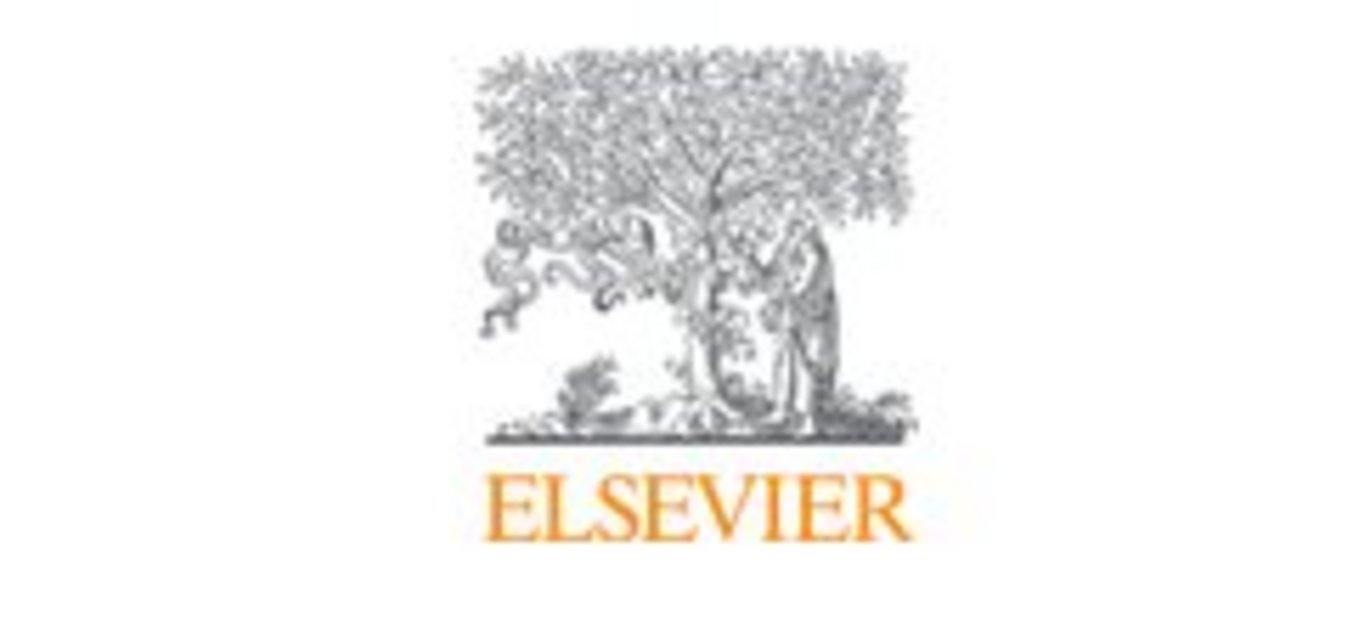Photocatalytic removal of ceftriaxone from wastewater using TiO2/MgO under ultraviolet radiation
New publication by Mohammadi Nezhad, Amin ; Talaiekhozani, Amirreza ; Mojiri, Amin et al.

Abstract:
Pharmaceutical compounds are among the environmental contaminants that cause pollution of water resources and thereby threaten ecosystem services and the environmental health of the past decades. Antibiotics are categorized as emerging pollutants due to their persistence in the environment that are difficult to remove by conventional wastewater treatment. Ceftriaxone is one of the multiple antibiotics whose removal from wastewater has not been fully investigated. In this study, TiO2/MgO (5% MgO) the efficiency of photocatalyst nanoparticles in removing ceftriaxone was analyzed by XRD, FTIR, UV–Vis, BET, EDS, and FESEM. The results were compared with UVC, TiO2/UVC, and H2O2/UVC photolysis processes to evaluate the effectiveness of the selected methods. Based on these results, the highest removal efficiency of ceftriaxone from synthetic wastewater was 93.7% at the concentration of 400 mg/L using TiO2/MgO nano photocatalyst with an HRT of 120 min. This study confirmed that TiO2/MgO photocatalyst nanoparticles efficiently removed ceftriaxone from wastewater. Future studies should focus on the optimization of reactor conditions and improvements of the reactor design to obtain higher removal of ceftriaxone from wastewater.
